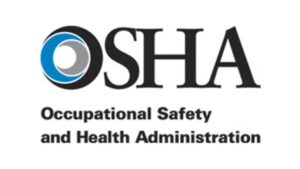
A study published in the online Journal of Agromedicine in late January identifies deck machinery as a leading source of hospitalized injury for commercial fishermen in Alaska, but says more data is needed about specific circumstances leading to injuries in order to develop steps for targeted prevention.
The study, which was conducted by four researchers at the OSHA (Occupational Safety and Health Administration) Centers for Disease Control and Prevention in Spokane, Wash., analyzed claims submitted to the Alaska Fisherman’s Fund to identify patterns of injuries in Alaska from commercial fishing winches.
Researchers found that from Jan. 1, 2000 to Nov. 1, 2020, 125 traumatic injuries from commercial fishing winches were identified, mainly among men (94%), frequently among fishermen ages 30 or younger (54%), and that over 80% of those injuries happened in salmon fisheries.
By gear type 40% of injuries occurred on purse seiners, 30% on drift gillnetters and 12% among set gillnet operators. Most injuries involved a harvester having a body part caught in or compressed by a winch or cables attached to the winch (67%).
Injuries suffered were mainly to upper extremities, including fingers in 50% of cases, or hands and wrists (22%). While injury severity was not formally assessed the injuries ranged from contusions, sprains and strains to finger or hand crushing injuries, upper limb amputation, skull fracture, spinal fracture and chest trauma, the study noted.
Most cases involved fractures (23%), amputations (18%), lacerations (16%) and contusions (16%). Fifty-one percent of all injuries were caused by anchor winches, 32% by deck winches 9% by trailer winches and 9% by other types of winches.
The study’s researchers concluded that practical solutions are needed to avoid entanglement when operating fishing winches.
Engineering solutions, including emergency stop devices or other simple mechanical interventions depending on winch type, could help to avert potentially disabling injuries from winches, they said. The study recommended that administrative controls such as task-specific training for winches should be emphasized, especially for younger or less experienced commercial fishing crew, who may be at increased risk for injury.
